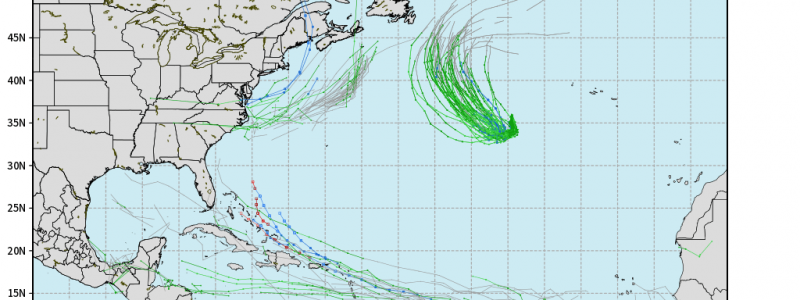
Steady As It Goes : Tropics Update
Studying infrared satellite across the tropics from the Eastern Pacific to the Atlantic, we can see at initial glimpse that it’s relatively quiet. What I mean by that is there currently aren’t any waves in the Atlantic to even discuss other than tropical storm Don out in the central Atlantic that has no implications to land. As for the eastern Pacific, there’s a disorganized cluster of showers and thunderstorms south-southwest of Mexico that according to the National Hurricane Center has a 10% of development over the next few days with no threat to land as well.
We can study and see the Inter-Tropical Convergence Zone nicely through the cooling of convection that envelopes the Equator but as aforementioned, that’s pretty much it in terms of current tropical activity. Lets dig into the next two weeks of July for both basins to see what we’re going to be dealing with.
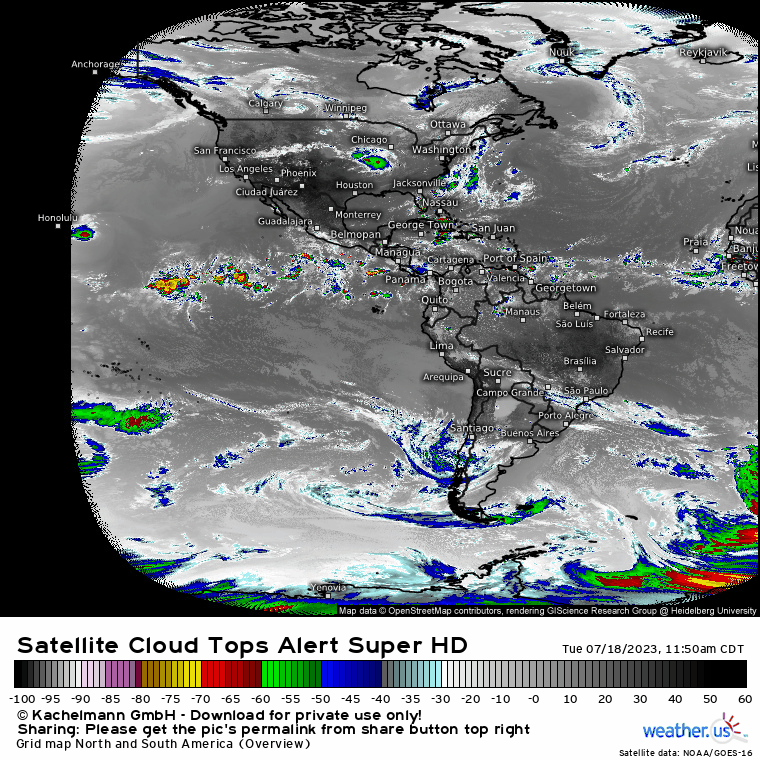
Looking first across the Atlantic, we see an anomalous ridge that expands the Atlantic (denoted by the above average pressures). This is your typical Azores sub-tropical ridge, which is currently “dominating” the tropics regarding the trade winds. A stronger ridge in this position renders one of two main prohibiting components: 1.) Creates surface divergence across the Atlantic, which is the complete opposite of what you’d want for cyclogenesis since this implies both shear and sinking air. 2.) Imparts dry air from the higher latitudes, thereby increasing stability. We can see this quite nicely by analyzing the 700mb relative humidity, where the orange and yellows show RH values lower than 40%. Combing these factors together, and we get a situation where the Atlantic tropics remain quiet for the foreseeable future. A few days ago, some computer models were trying to develop a wave off Africa and trek across the MDR, however, computer models have since backed off and for the reasons listed it makes sense.
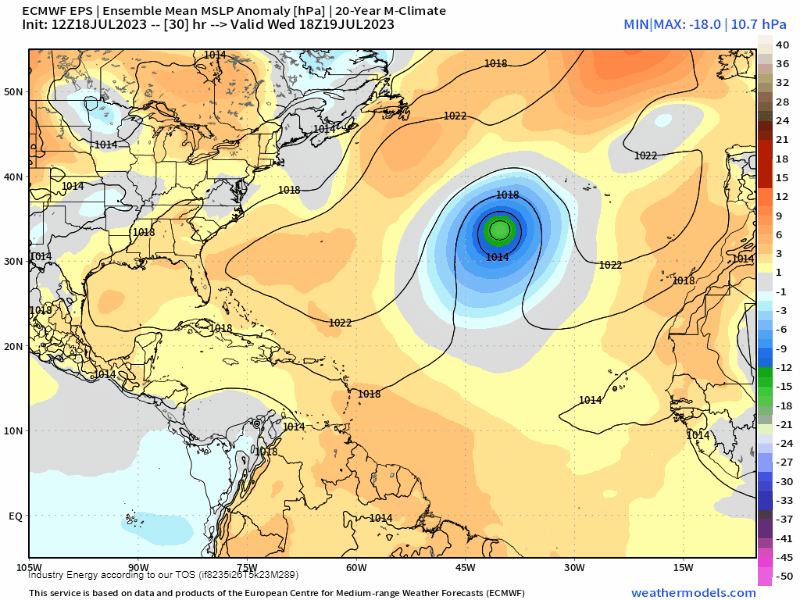
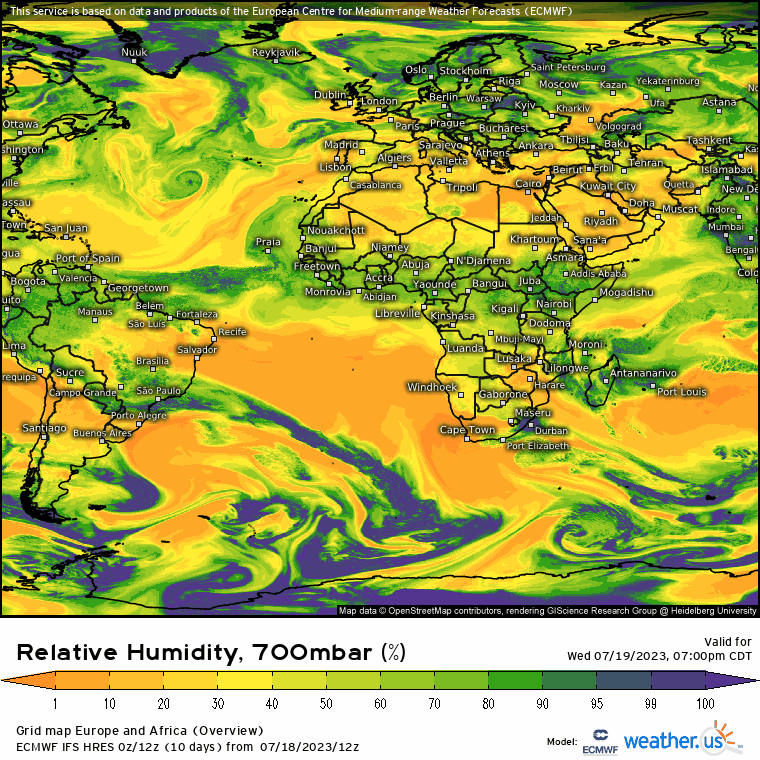
When viewing the EPS cyclone prediction verbatim, notice a few members take a wave and try to make it toward the Leeward islands, but this shows less than a handful of members displaying that when over 75% of the ensemble members show little to negligible development over the next 10 days. To emphasize this point, take a look at the GFS (mind you, this model can get quite “trigger happy” on showing “fantasy-canes”, and even it is showing a dearth of tropical activity. In essence, we’ll remain quiet as we head into August, which is unsurprising given climatology and El Nino playing a role in keep shear quite high across the Caribbean and MDR.
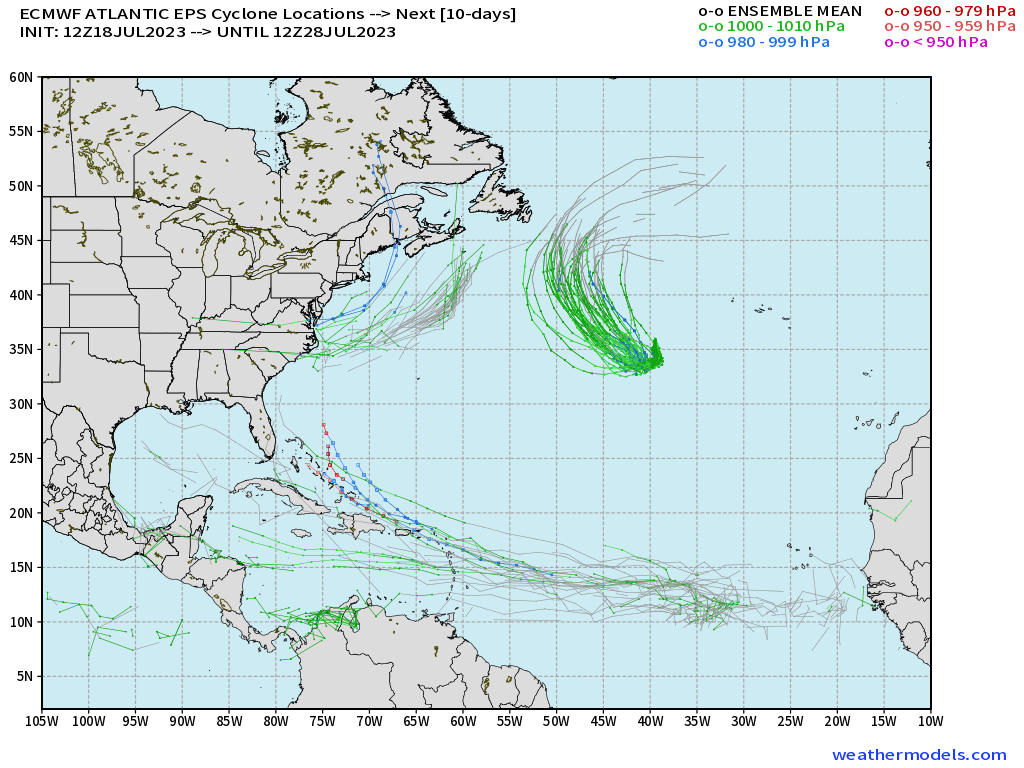
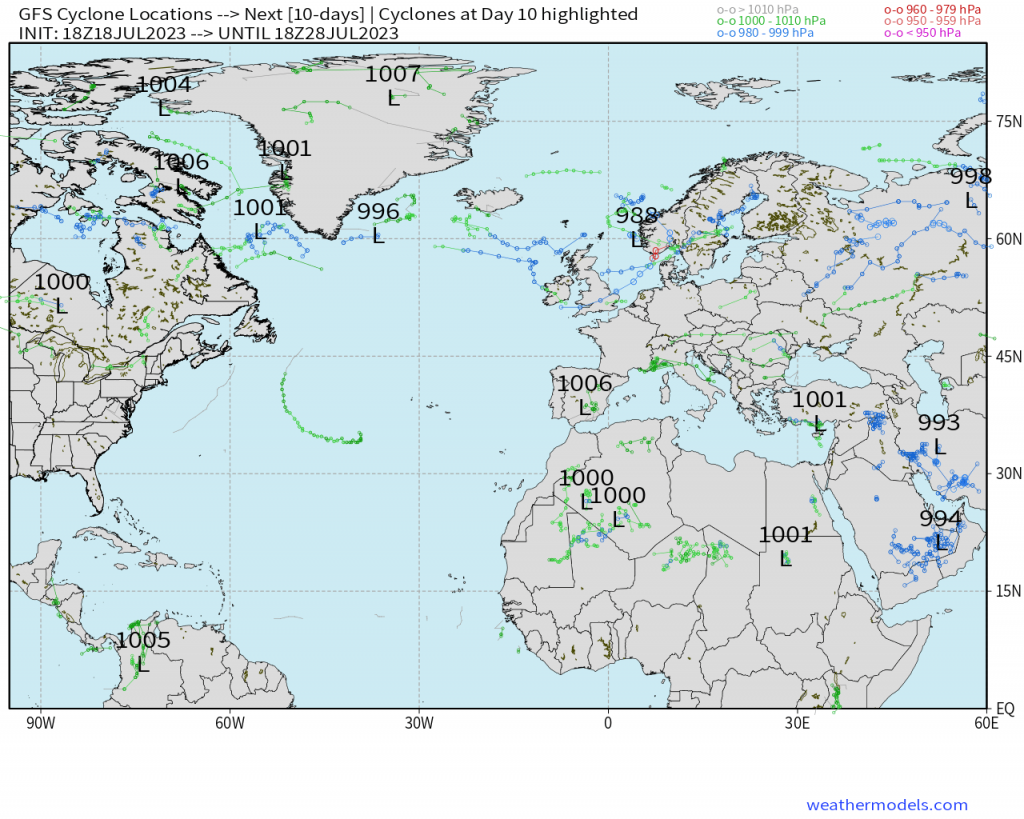
As we look across the East Pacific, mean sea level pressure from utilizing anomalies reveals also faster trade winds from the central Pacific ridge, but as we get toward Mexico and central America, pressure reveal to trend lower. We’re likely dealing with an active ITCZ of course, but a few waves may try to develop especially as we head into August across this basin.
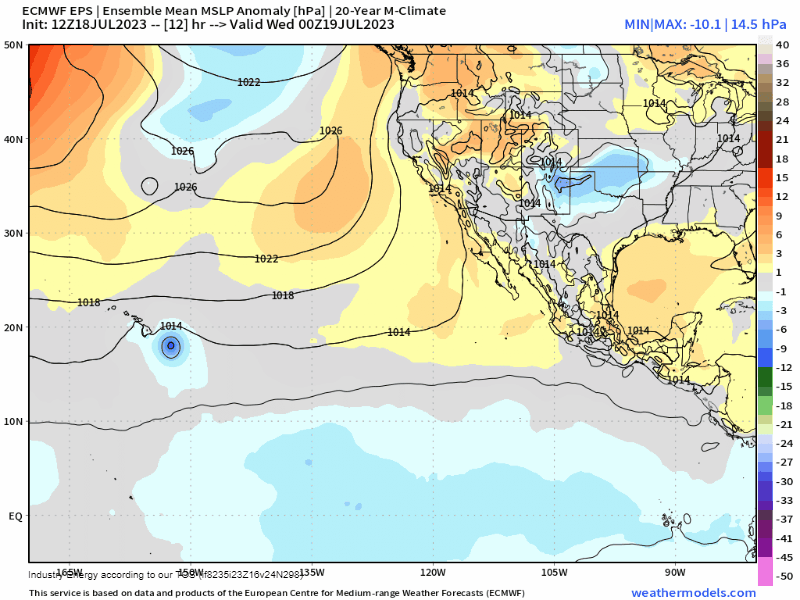
Currently, as now tropical storm Calvin passes south of the Hawaiian islands, another wave may try to somewhat develop out across the eastern Pacific (between 100W to 115W longitude), though quite a low probability. However, similar to the Atlantic, we also look to remain relatively quiet in this basin with no tropical storms looking to develop and bring any kind of risk to land at this juncture.
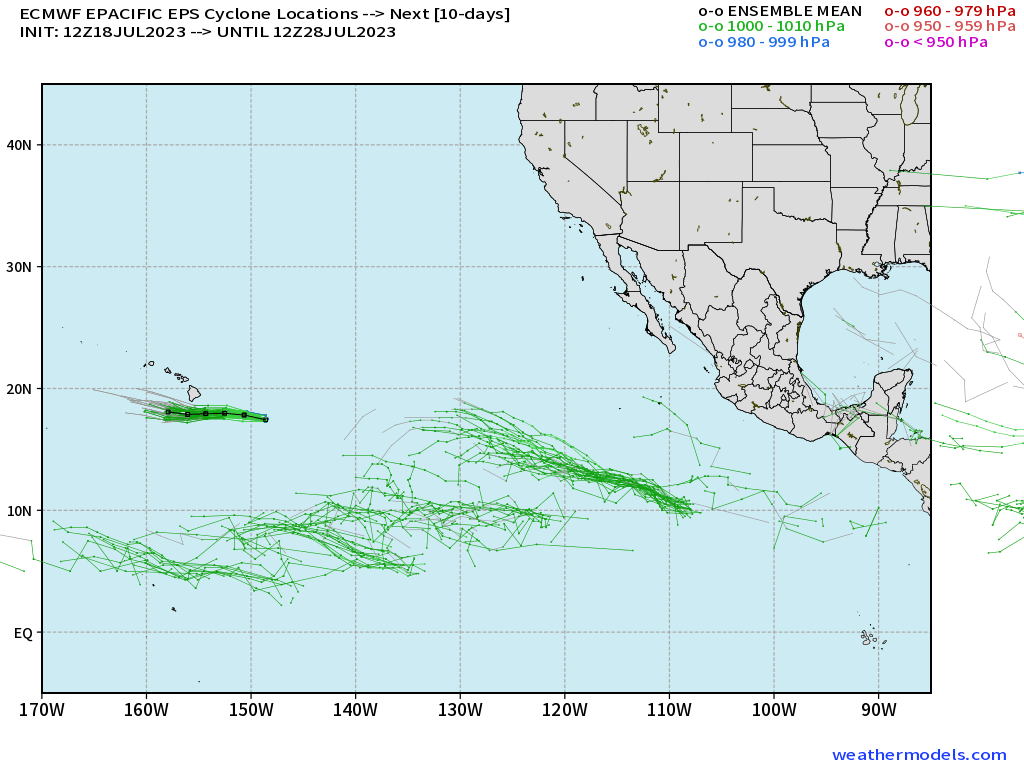
As we progress into August, we’re going to have to monitor a MJO wave that will propagate first into the Eastern Pacific before crossing the Caribbean and then the main development region (MDR) by the middle of the month verbatim. As you may or may not know by now, the MJO can augment and / or render favorable atmospheric conditions for tropical cyclogenesis bearing other factors of course by reducing wind shear and increasing relative humidity from research. For now, we remain quiet, which isn’t surprising as previously stated and looks to remain that way as we head into August. Again, don’t let the quiet conditions now fool you the rest of the way as we’re not even at the climatological “peak” of when we get those large easterly waves off Africa and just the active period in general from August to October.










